Despite facing many challenges, Vietnamese steel enterprises can still take advantage of the new situation to maintain growth.
Despite facing many challenges, Vietnamese steel enterprises can still take advantage of the new situation to maintain growth.
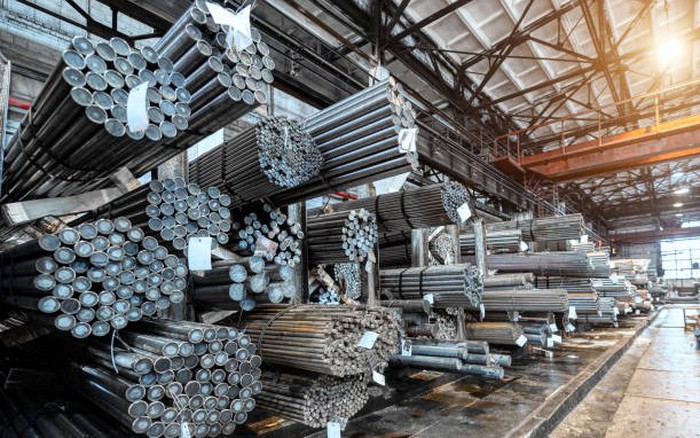 |
| Illustration |
The US imposition of a 25% tax on imported steel is still a topic of interest to the business community, because with the high tax rate, steel exported from Vietnam to this market faces a major price challenge, reducing competitiveness compared to domestic steel in the US and tax-exempt countries. In addition, major steel producers from China, India, Mexico, Canada, and Brazil may reduce prices to maintain market share, creating pressure on Vietnamese businesses.
Speaking to Dau Tu Newspaper reporters, Mr. Vy Tien Toan, CEO of Trung Tin Kim Steel Production and Trading Company Limited, said that in the short term, this will negatively affect the revenue and profits of Vietnamese steel exporting enterprises, especially those with a high proportion of exports to the US such as Hoa Sen Group, Nam Kim Steel and Ton Dong A.
In addition, the Trump administration's plan to boost domestic steel production could reduce import demand in the long term, creating additional barriers for Vietnamese steel.
However, Vietnamese steel enterprises still have the opportunity to exploit the advantages of the new situation to maintain growth momentum. According to Mr. Toan, China's imposition of tariffs on hot-rolled coil (HRC) steel can help Hoa Phat increase the output of HRC sold to Hoa Sen, Nam Kim and Ton Dong A for export to the US. In particular, Hoa Sen can take advantage of this opportunity to increase exports to the US in the first 3 years, when it can still compete with countries exempted from previous tariffs.
Furthermore, as the competitive landscape between countries becomes more balanced, Vietnamese enterprises, with advantages in production and costs, can increase their market share in the US, thereby improving revenue and profits.
In the medium and long term, instead of depending on the US, Vietnamese steel enterprises can target other potential markets such as the EU, ASEAN, Japan and South Korea. Participation in free trade agreements such as CPTPP and EVFTA helps Vietnamese steel gain more tariff advantages, expanding access to large markets.
“To cope with the new situation, Vietnamese steel enterprises need to focus on a number of strategic solutions, such as improving management capacity, modernizing technology to reduce production costs, thereby increasing price competitiveness. Researching HS Codes that are less affected by tariffs to develop higher-value products and avoid tariffs. At the same time, strengthening value chain and logistics linkages, helping to proactively control raw material prices and minimize risks due to global political fluctuations…”, said Mr. Toan.
As a business specializing in the production and trading of construction steel, hot-rolled steel coils, cold-rolled steel coils, galvanized steel, and various types of square steel, Mr. Dong Duc Trong, Deputy General Director of Chinh Dai Industrial Company Limited, said that although the above information is a challenge, it is also an opportunity for businesses to focus on products with more value and quality, in order to meet the international market for steel products.
"This incident is also an opportunity for us to focus on high-value products, instead of spending a lot of time on raw products," said Mr. Dong Duc Trong.
Speaking to reporters, business leaders said that Vietnamese steel imported into the US has been taxed at 25% in the past, so there will be no additional tax increase. Many other countries such as the EU, Canada, and Mexico have tax rates lower than 25%, so their competitiveness will decrease relatively compared to Vietnamese steel in the coming time.
Not only steel, Vietnam's aluminum industry is also affected by the new tax policy of the US. According to Associate Professor, Dr. Dinh Trong Thinh, Vietnam is currently subject to a 10% tax on aluminum exported to the US, but this figure will increase to 25% in the near future. However, this tax increase is not too difficult, because aluminum products in the US market are subject to a 25% tax rate.
"Although the tax increase makes the selling price higher, causing difficulties in consumption, but in terms of competitiveness, the Vietnamese aluminum industry is not too worrying," Associate Professor, Dr. Dinh Trong Thinh commented.
Source: https://baodautu.vn/doanh-nghiep-thep-viet-nam-tim-co-hoi-trong-thach-thuc-d249089.html





![[Photo] Closing of the 11th Conference of the 13th Central Committee of the Communist Party of Vietnam](https://vstatic.vietnam.vn/vietnam/resource/IMAGE/2025/4/12/114b57fe6e9b4814a5ddfacf6dfe5b7f)


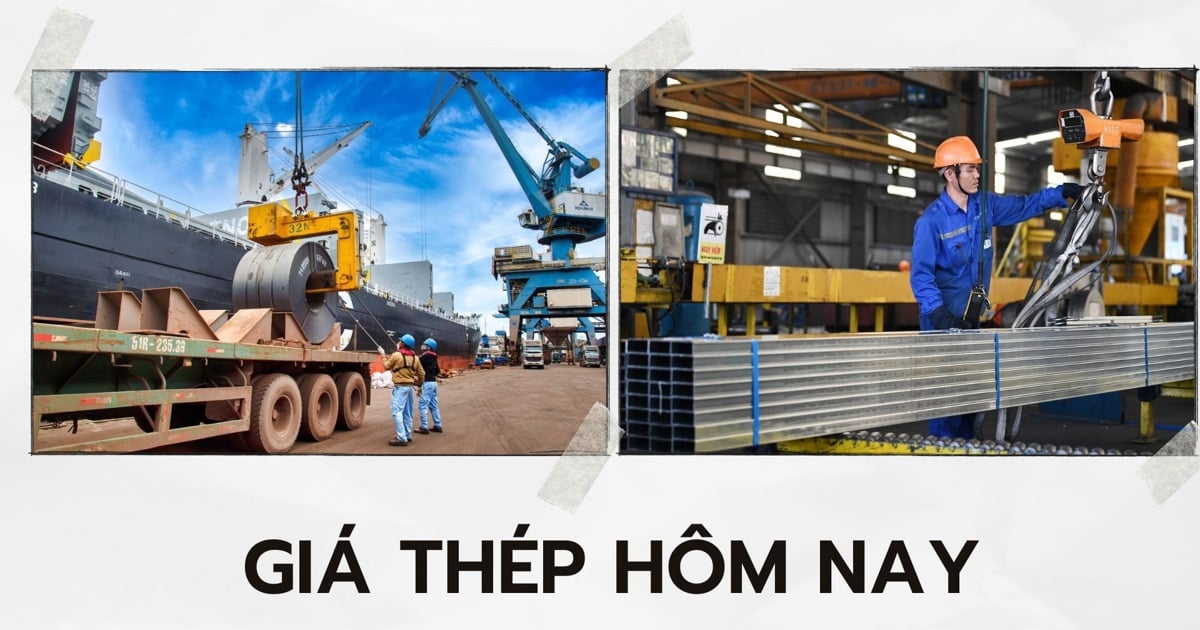

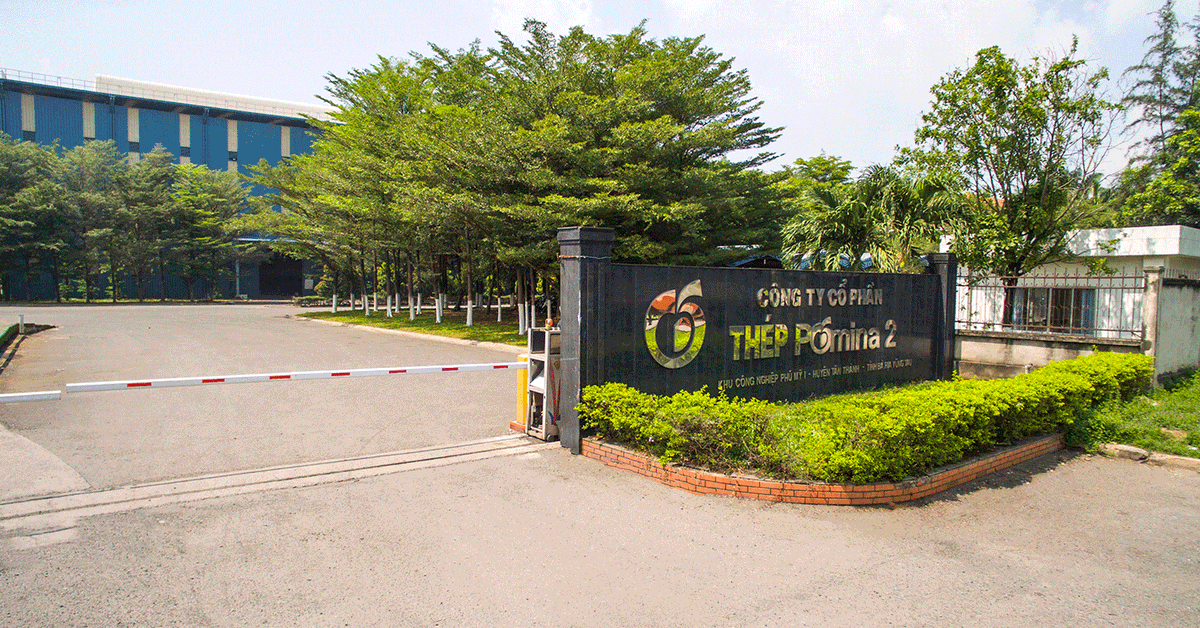

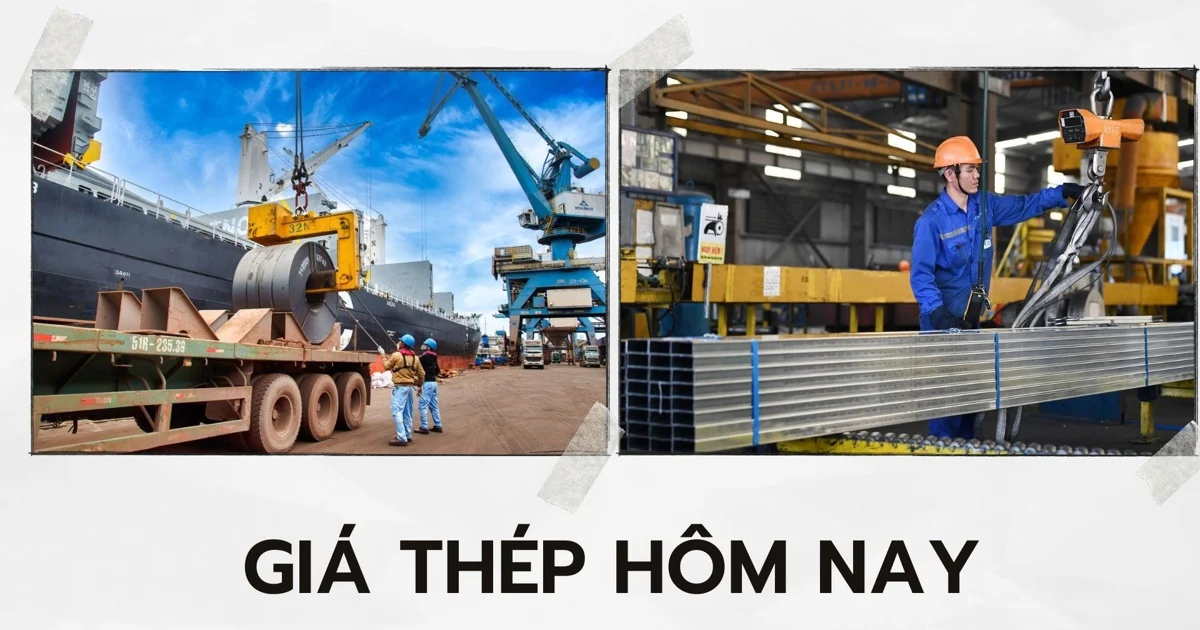
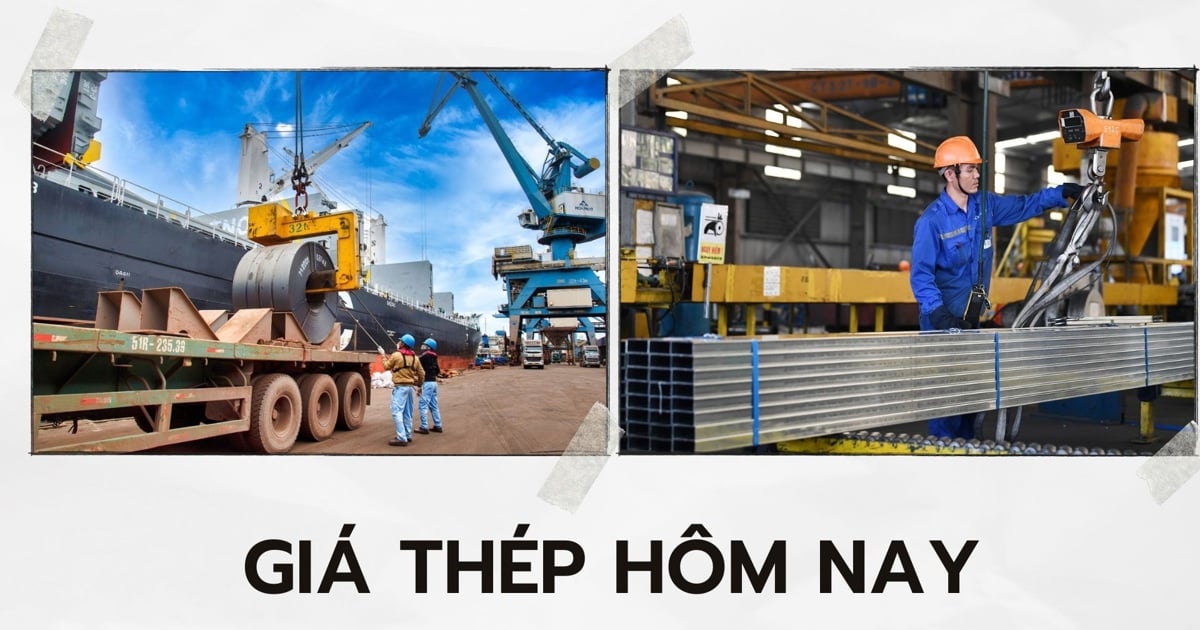
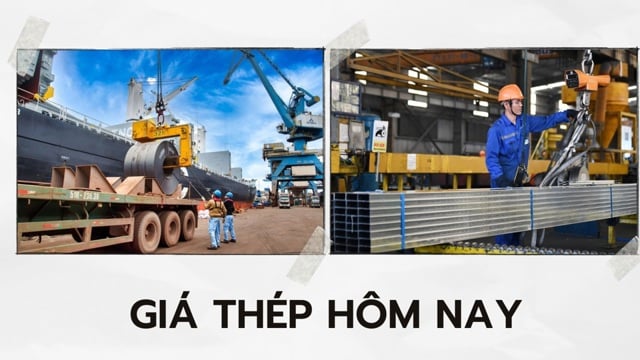
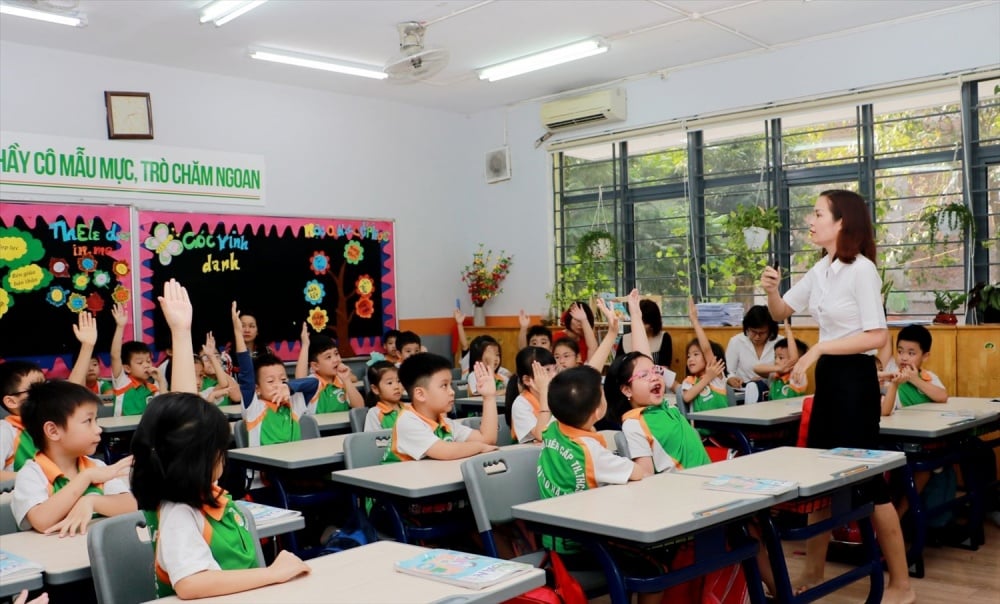
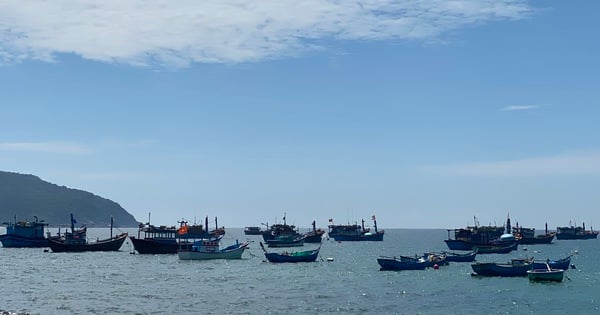
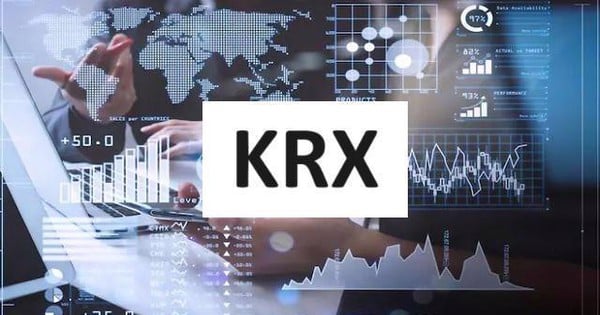
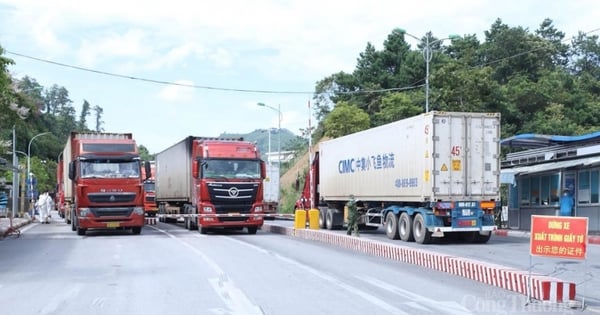
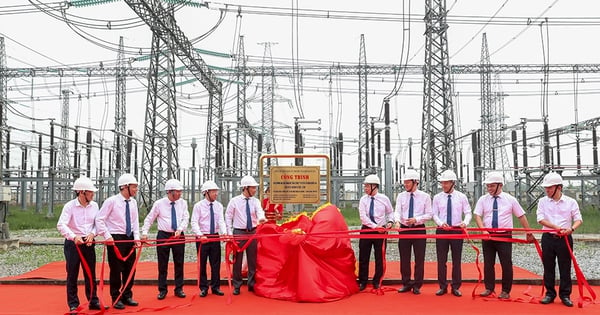
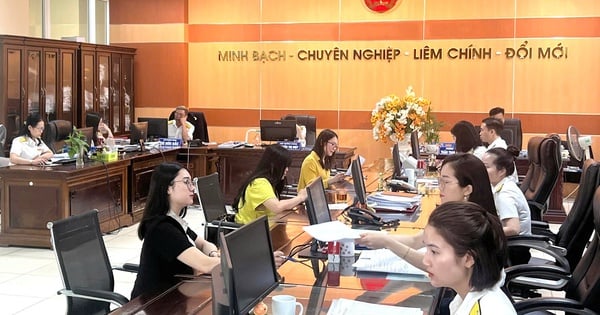



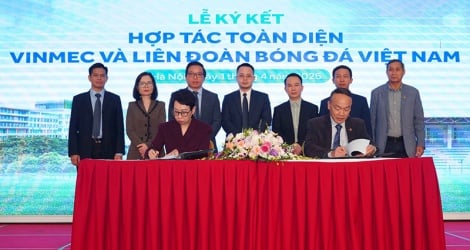






![[Photo] Overcoming all difficulties, speeding up construction progress of Hoa Binh Hydropower Plant Expansion Project](https://vstatic.vietnam.vn/vietnam/resource/IMAGE/2025/4/12/bff04b551e98484c84d74c8faa3526e0)

































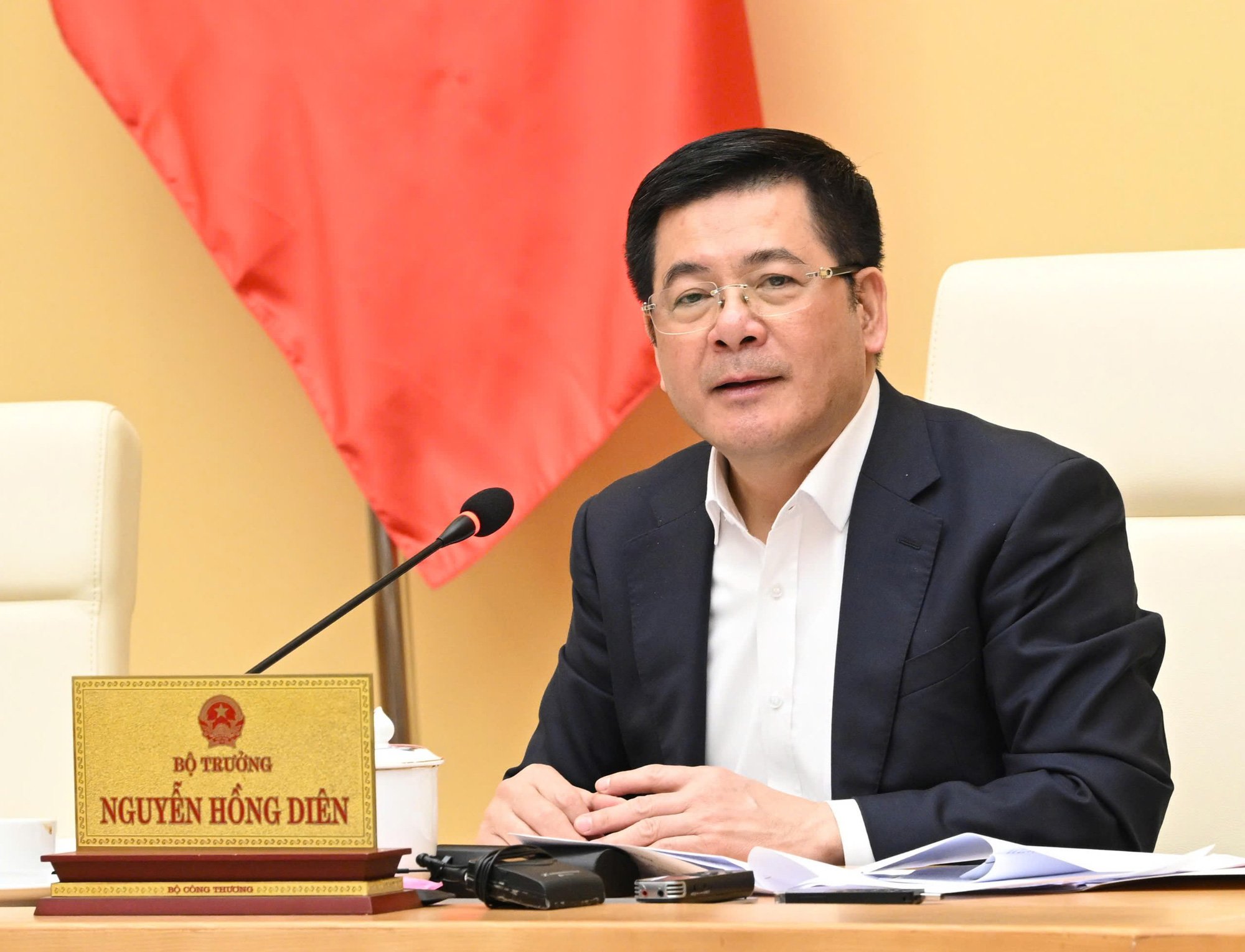
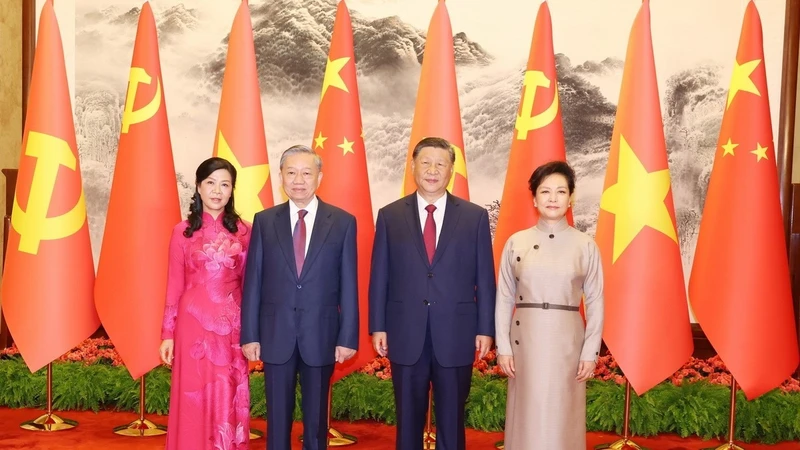














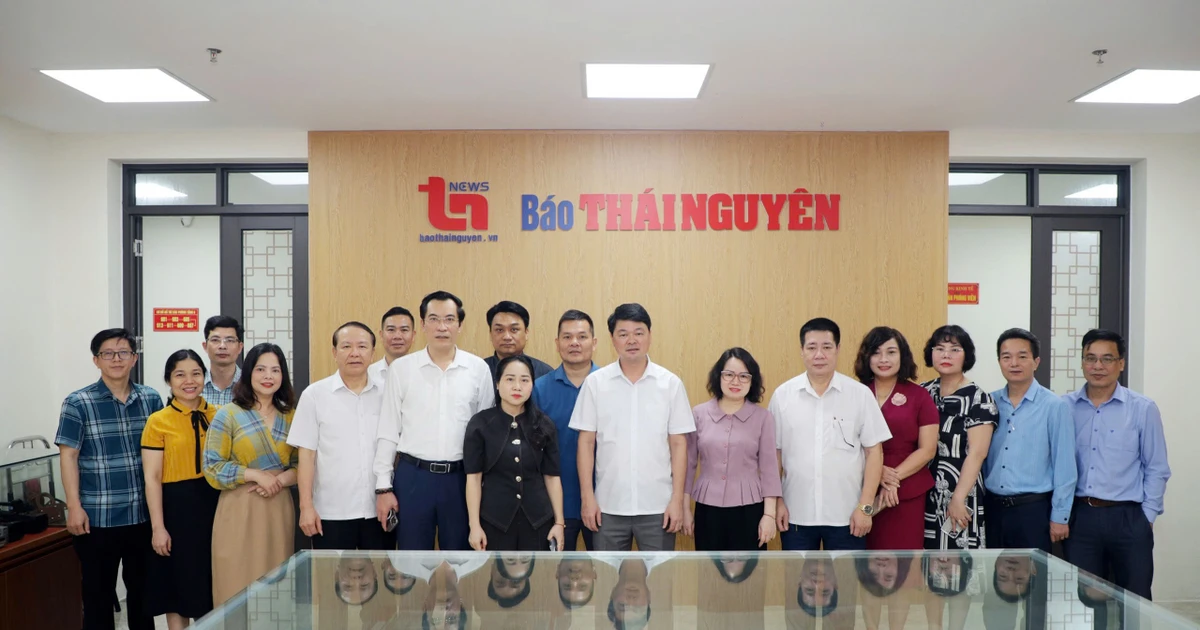














Comment (0)